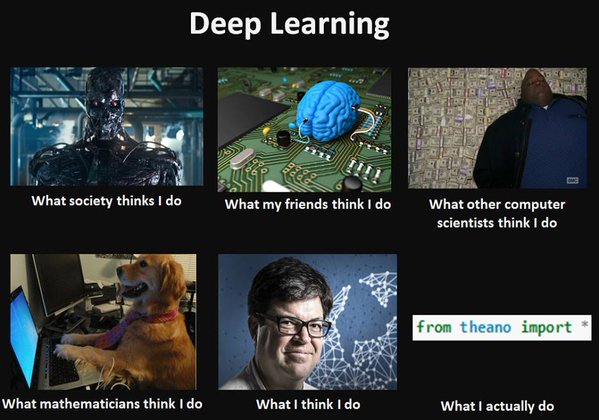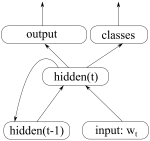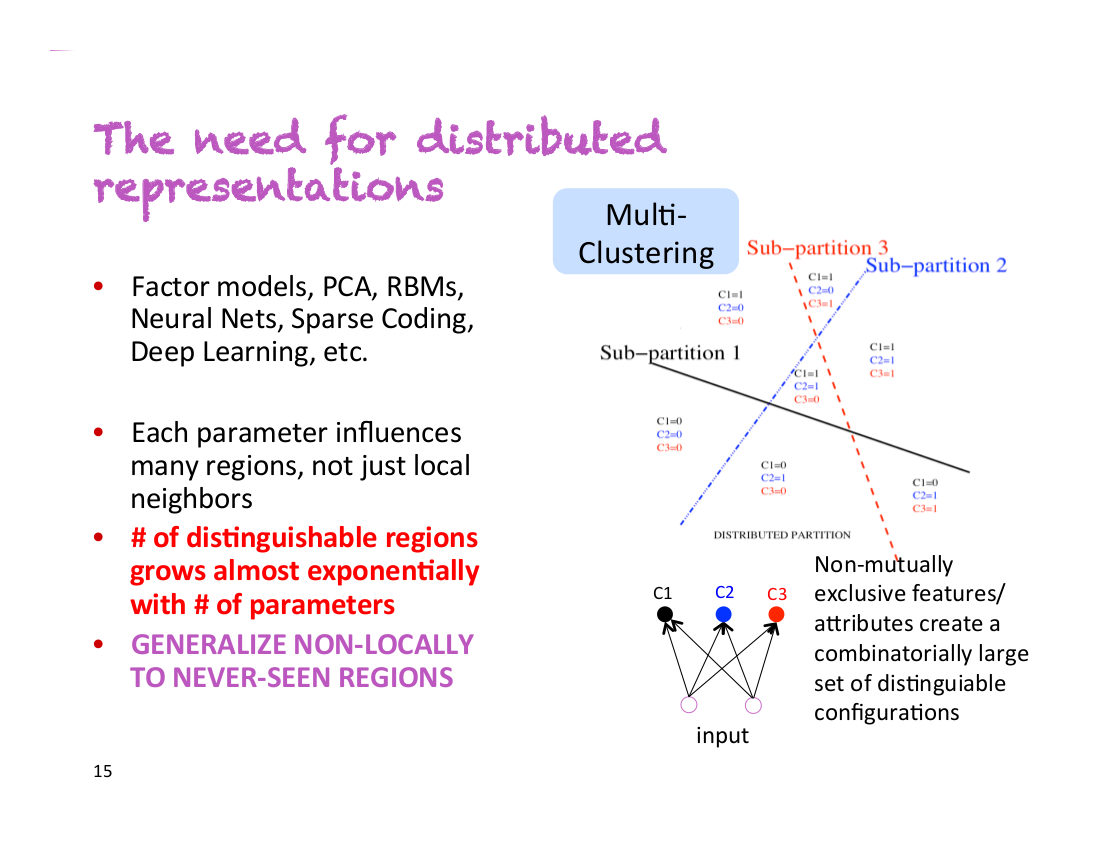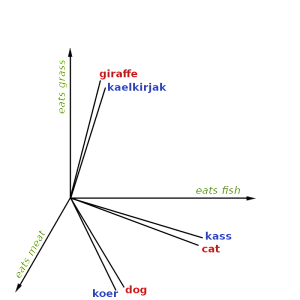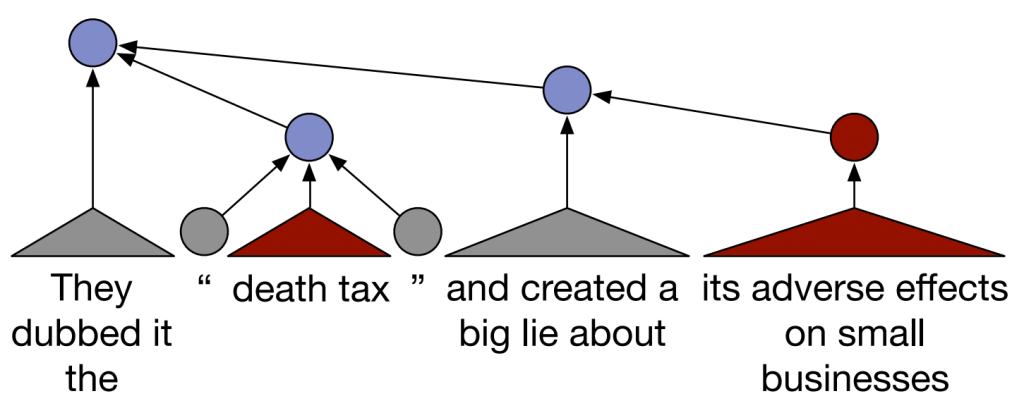After my last post on analysing publication patterns I received quite a lot of feedback and many feature requests, so I decided to create an update once 2016 is over. It is now quite a bit bigger than before, and includes 11 different conferences and journals: ACL, EACL, NAACL, EMNLP, COLING, CL, TACL, CoNLL, *Sem+SemEval, NIPS, and ICML.
The information used in these graphs was collected through crawling the web. ACL Anthology was very useful, listing papers in a consistent format. However, information such as the organisation names in each paper still needed to be extracted directly from the pdfs, which means there are likely to be some errors. I’ve tried to create exceptions to catch different spelling variations and other anomalies, but if you notice mistakes in the graphs, do let me know.
This analysis shouldn’t be taken too seriously – after all, quality of research matters much more than quantity, and that is considerably more difficult to measure. However, my motivation is to provide a high-level overview of what is happening in the field, where the big players are publishing, and perhaps supply a bit of inspiration and motivation for the new year.
